Zooming in on 3D Printed Parts From Different Filament Using a USB Microscope
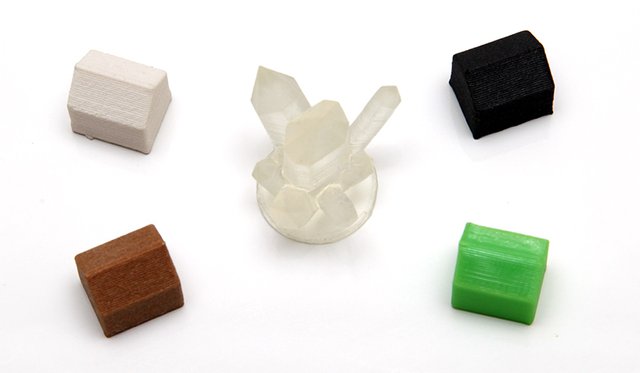
I finally got my USB microscope that I have ordered last week and have posted about and was eager to try it out and see the level of quality it provides, so I took up some small 3D printed parts made with different type of filaments and I looked at them up close, really close. I'll be covering the USB microscope in a separate post, so here I'm just going to be posting a couple of photos taken with it to show what it is capable of. You can check my short review of the old 1.3Mp USB Microscope that I was using prior to getting this new 5MP model.
The 3D printed parts in the form of small Monopoly type of houses are all made with PLA-based composite filaments using 0.2mm layer height and the crystal type model is printed with 0.1mm layer height using UV curable polymer resin. I'm mentioning the layer height as it can help you get an idea on the level of zoom that you get as the separate layers building the objects are clearly visible with the help of the USB microscope. The quality is quite good, though there is room for more to be desired. The photos below have been downsized to 50% of their original resolution in order to be smaller and easier to load, the original resolution is 5 Megapixel.
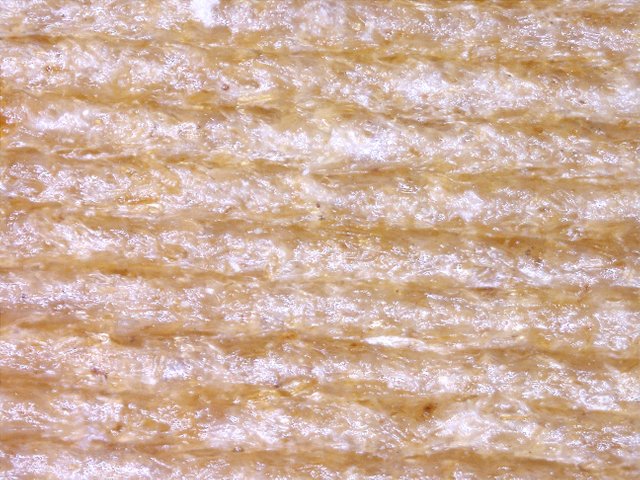
PLA filament infused with very fine wood particles to make the resulting 3D prints lighter and feeling more like they are actually made from wood. Using different extrusion temperature with this interesting filament allows you to even vary the tonality of the printed "wood".
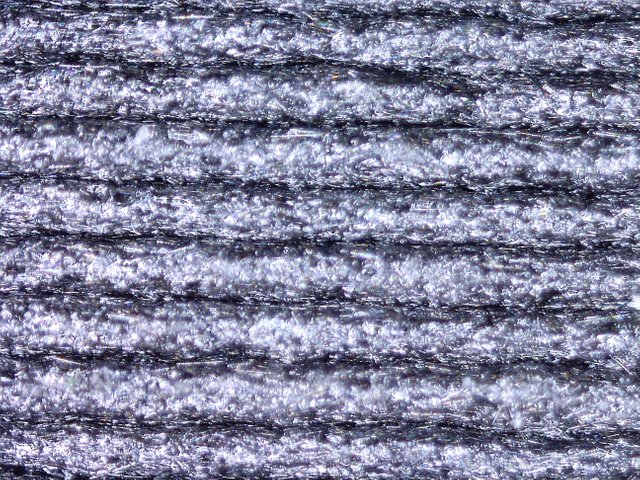
PLA filament infused with finely chopped carbon fibers to allow the 3D printer to print with carbon like filament that is stronger and lighter, though not as strong as with real woven carbon fiber.
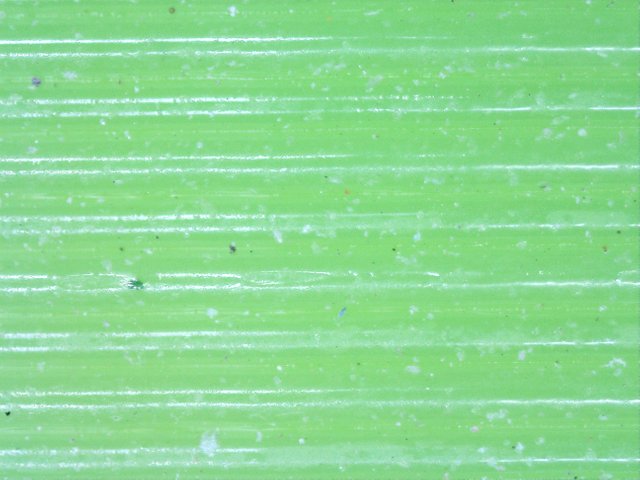
Flexible silicone-like 3D printer filament called NinjaFlex that allows you to get some really interesting 3D printed objects that can be bended and stretched without breaking.
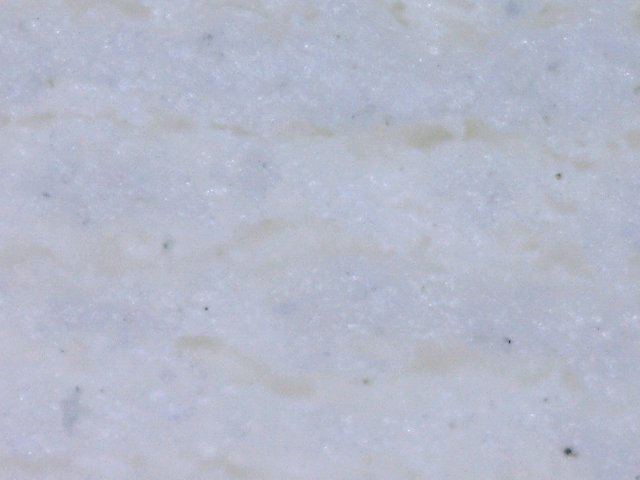
Sandstone-like result from a special type of 3D printer filament that infuses PLA plastics with fine chalk powder to give a really nice looking result. With this one the different layers are actually much harder to be noticed than with other filaments.
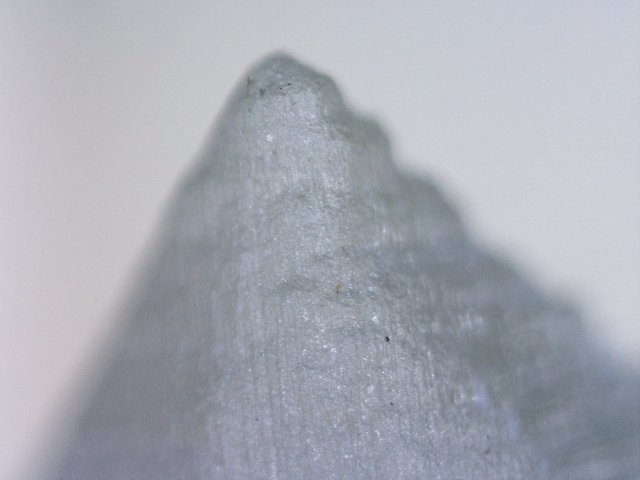
Special type of polymer that is in liquid form and then is cured with a laser or an UV light source in order to become solid and strong. This process allows for higher levels of detail, but is not suitable for larger objects as it takes more time for things to print and is more expensive due to the polymer used.
I guess that I should be able to inspect 3D prints at a really good detail level using the USB microscope from now on, though probably relying on some natural light may help get better results than having to rely on artificial light for taking photos of the 3D printed parts. Could be especially useful for times when I'm trying out new and more exotic composite material types... I do have some with metal particles ready and waiting for some testing.
If you have a question or want to add something, then please leave a comment below.
Did you like what you have just read? Check my other posts on steemit @cryptos
If you like what I'm doing for Steem and on Steemit you can support me as a Witness